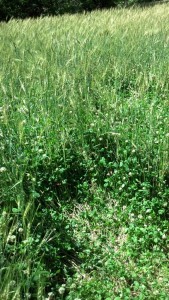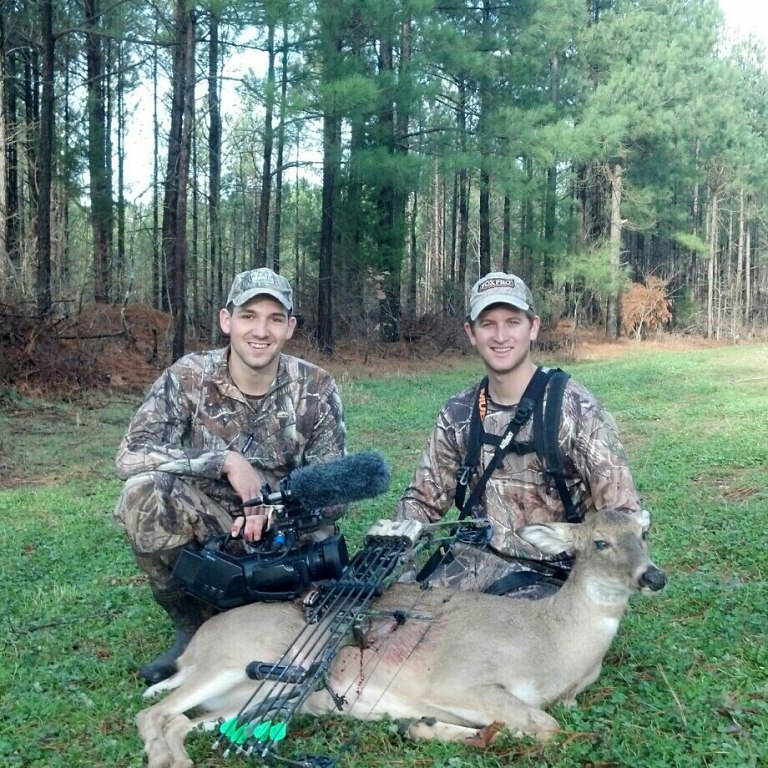How To Grow The Best Clover Food Plot
Filed under: Food Plots, Hunting Blog
There are numerous types of clover that hunters use across the nation to provide quality food plot forage for deer and other wildlife. Here at The Proving Grounds it’s no different. We typically plant Eagle Seed soybeans in our food plots. They are awesome for providing food for whitetails, turkey, and other critters for 11 months out of the year. By combining a healthy stand of clover with Eagle Seed soybeans you can continue attracting and holding whitetails on your property.
We typically try to plant at least 10% of our food plot acreage in some type of clover. Clover is an essential food plot crop as it is one of the varieties that helps fill the void in early spring when our Eagle seed beans have matured and the pods have been completely removed by wildlife. This time period usually falls middle to late February and lasts through late March. If you’re familiar with clover you’ve probably noticed that during that time of year clover can provide lots of forage. This is important as our Eagle seed beans are at their lowest point of productivity. Clover and Eagle Seed soybeans fill each other’s void beautifully, and together they are quite the deadly duo of food plots.
This past week we’ve worked managing our clover to ensure it’s in the best form it can be. There are two simple steps that need to be performed on clover food plots. First, provide clover with a high quality fertilizer so it doesn’t starve; we do this by adding Antler Dirt! The second important part in clover management is weed control, especially in first year stands of clover. We use a broadleaf herbicide combined with a grass specific herbicide and then add a non-ionic surfactant to form a clover cocktail. We then use the cocktail to spot spray our clover fields. There are benefits to using herbicide in a clover plot instead of mowing. The herbicide is taken in by the plant, killing it all the way to the roots, preventing any future growth of that plant. When mowing, you’re just removing the top section of the weeds and probably not killing the plant roots, resulting in regrowth.
Clover should be a part of every wildlife manager’s arsenal because it not only provides tons of forage for wildlife but it also can create a great spot for hunting! Check out episode #165 to see the GrowingDeer Team take advantage of the clover at The Kentucky Proving Grounds!
Daydreaming of Whitetails,
Adam





